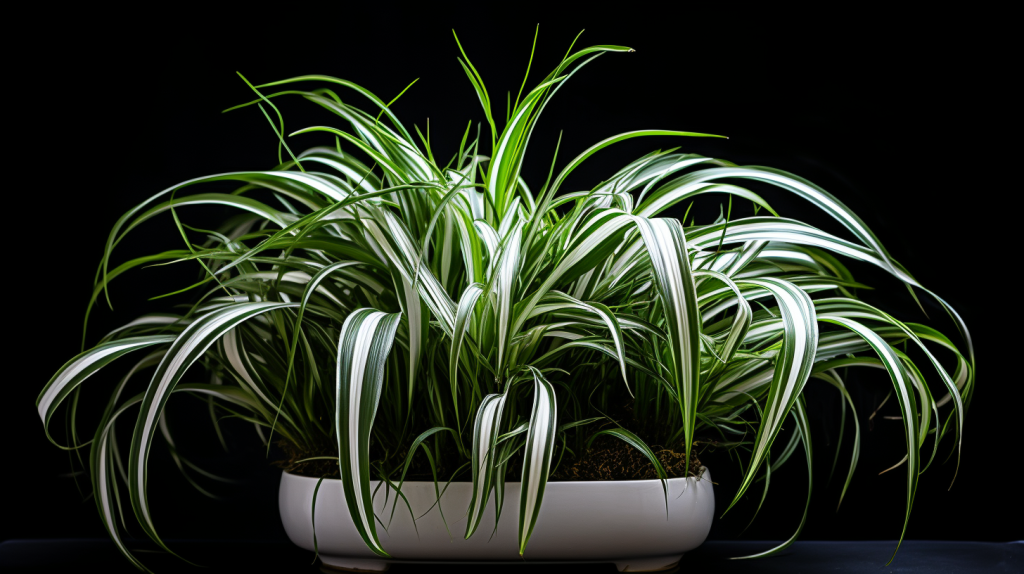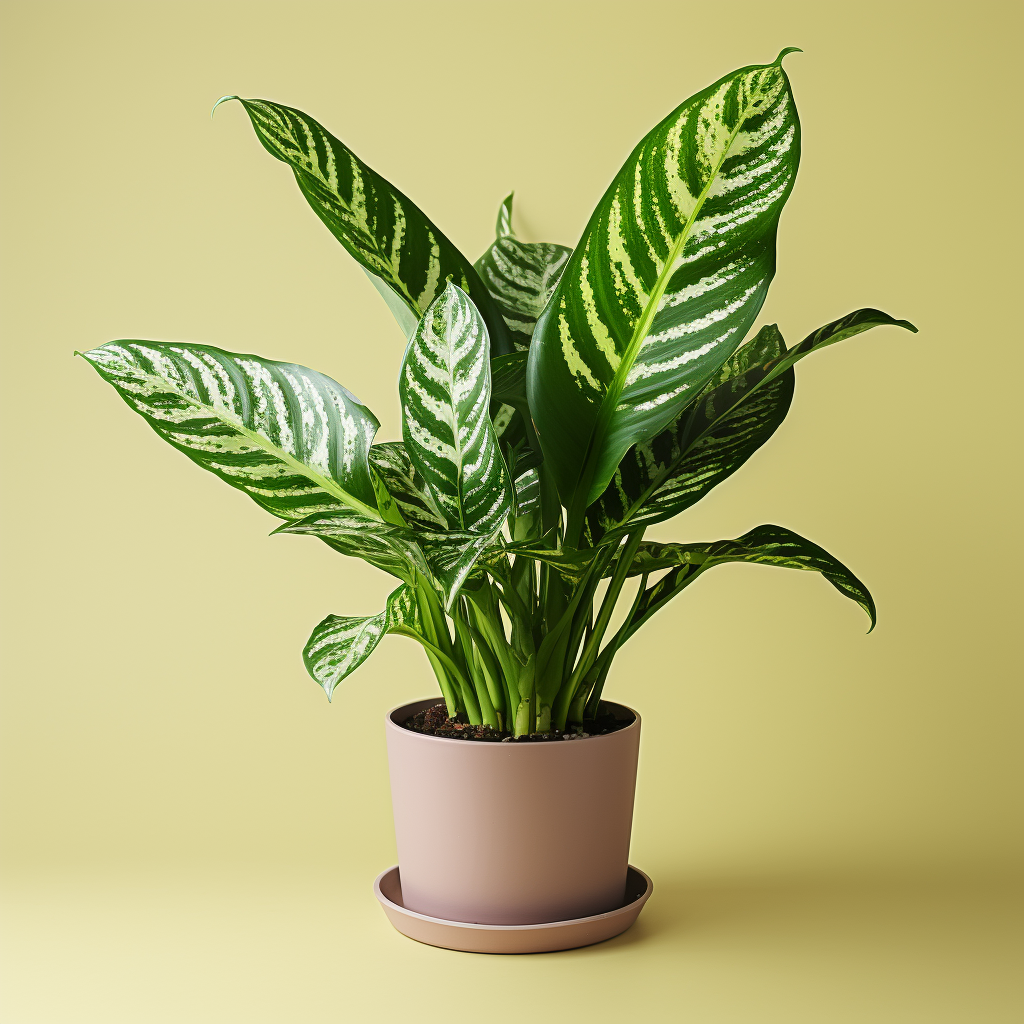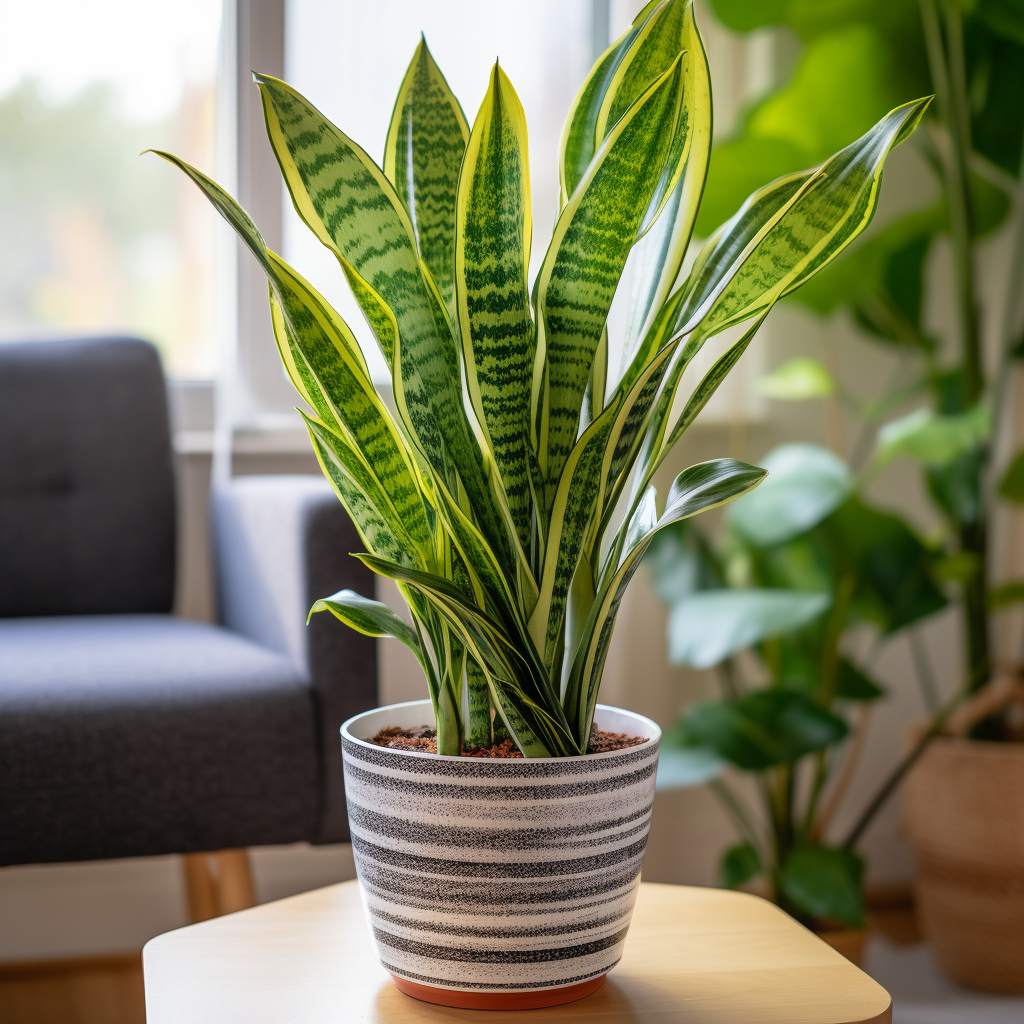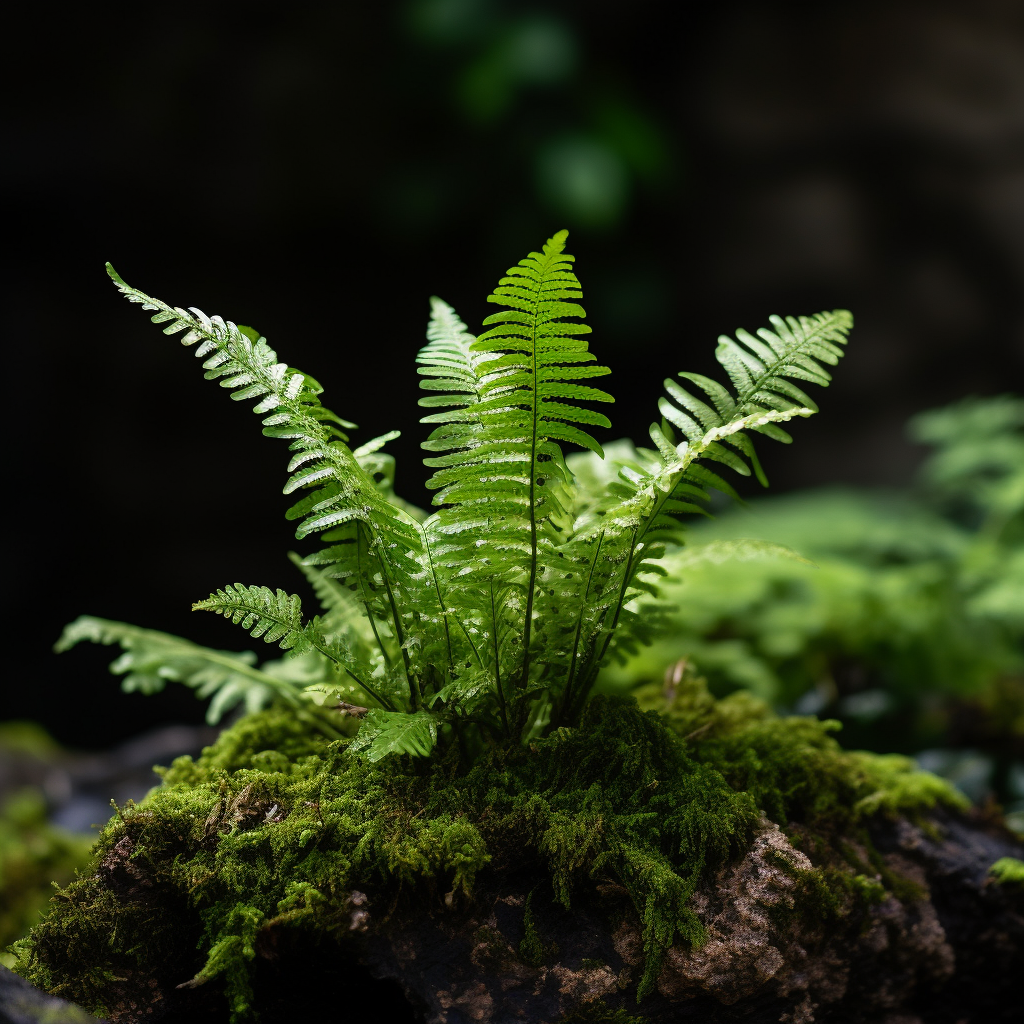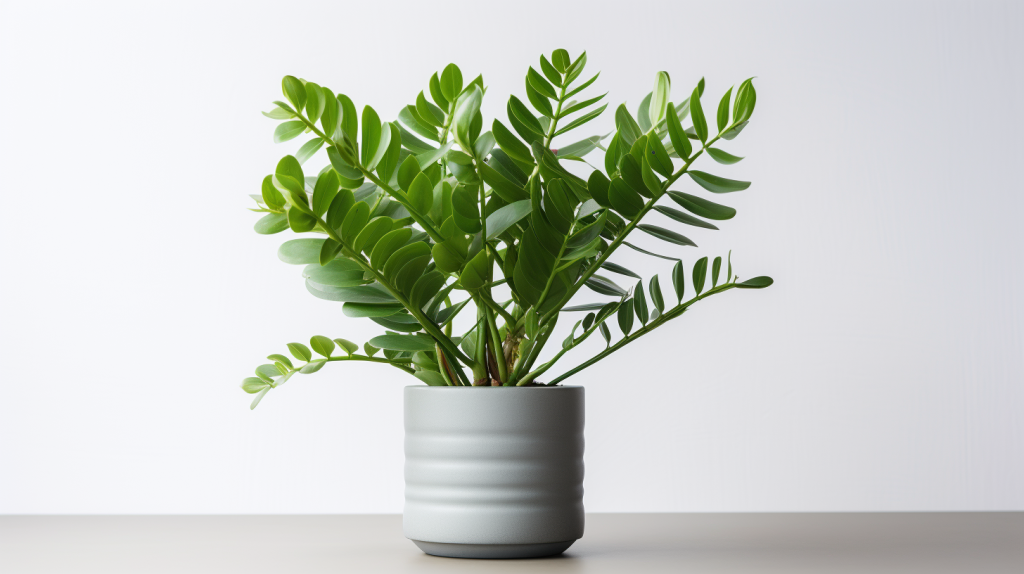The moment you lay your eyes on a Hardy Spider Plant, you know it’s a bit of a wonder. So, what is it that makes this plant a favorite among both experienced and novice gardeners? It’s time to unravel the secrets of the Hardy Spider Plant, or as it’s scientifically known, Chlorophytum Comosum.
What is the Hardy Spider Plant?
In essence, the Hardy Spider Plant is a perennial flowering plant, native to tropical and southern Africa. But it’s not just any ordinary houseplant. Its unique features, resilience, and low-maintenance nature make it stand out among the rest, garnering it a special place in homes and hearts worldwide.
Description of the Hardy Spider Plant
The Hardy Spider Plant, as the name suggests, is an extremely resilient indoor plant. Sporting leaves that are typically long, slender, and arching, it’s characterized by its growth pattern resembling that of a spider’s web, hence the name. The foliage of this fascinating plant is generally a vibrant green, often variegated with streaks of yellow or white, adding a splash of color to any indoor setting.
What Does the Hardy Spider Plant Look Like?
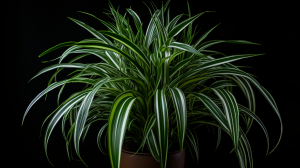
Imagine a bundle of green, gracefully arching leaves with a radiant, variegated pattern. That’s the Hardy Spider Plant for you! Its distinct growth pattern, with stems that dangle down like spider’s legs, and small plantlets growing at the ends like tiny spiders, make it a sight to behold. It’s almost as if you’ve got a little piece of tropical paradise right in your living room!
Hardy Spider Plant Flowering
One of the remarkable aspects of the Hardy Spider Plant is its flowering. It blooms tiny, white, star-shaped flowers which later develop into the plantlets. These plantlets can then root and grow into a new plant, making it an exciting addition to any plant collection.
Displaying the Hardy Spider Plant
When it comes to showcasing the Hardy Spider Plant, the possibilities are endless! Be it as a standalone potted plant, as part of a green wall, or a hanging basket, the Spider Plant adds a touch of nature’s charm to any setup. Remember, the trick is to let the plantlets cascade down freely, mimicking a waterfall of green.
Is The Hardy Spider Plant Poisonous?
For all its beauty and charm, is there a dark side to the Hardy Spider Plant? Rest easy, the answer is no. The Spider Plant is non-toxic to humans and pets. It’s safe to have it around your children and fur babies, allowing them to coexist harmoniously in your living space.
Hardy Spider Plant Facts
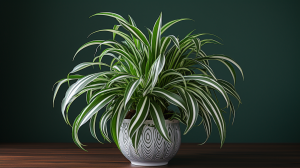
Intriguing as it may sound, there’s more to the Spider Plant than meets the eye. Here’s a quick rundown of some fun facts about this plant:
| Fact | Description |
|---|---|
| Origin | Native to tropical and southern Africa |
| Toxicity | Non-toxic to humans and pets |
| Growth Pattern | Resembles a spider’s web |
| Flower | White, star-shaped |
| Plantlets | Can grow into new plants |
Caring For Hardy Spider Plant
The Spider Plant is generally easy to care for. Even if you’re not blessed with a green thumb, this plant won’t hold it against you. Here’s a quick guide to help you along the way:
| Task | Instructions |
|---|---|
| Light | Bright, indirect light |
| Watering | Water thoroughly, but allow to dry out slightly between waterings |
| Soil | Well-draining potting mix |
| Temperature | 15-24°C (60-75°F) |
| Humidity | High humidity, but can tolerate dry air |
Common Problems
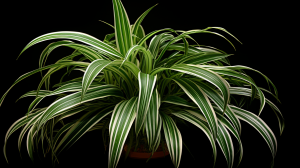
Despite its hardy nature, the Spider Plant is not entirely immune to problems. Overwatering can lead to root rot, and too much direct sunlight can scorch the leaves. Keep an eye on your plant and adjust care as necessary to keep it healthy and happy.
Frequently Asked Questions
- How often should I water my Spider Plant? Water your Spider Plant thoroughly, but make sure to let the soil dry out slightly between waterings to prevent root rot.
- Does the Spider Plant need a lot of light? Spider Plants prefer bright, indirect light. However, they can tolerate lower light conditions too.
- Can Spider Plants purify the air? Yes, Spider Plants are excellent at purifying the air. They can remove toxins such as formaldehyde and xylene.
- Why are the tips of my Spider Plant’s leaves turning brown? This is often due to overwatering, or the plant could be reacting to fluoride in tap water. Try using distilled or rainwater instead.
- Can I propagate the plantlets? Yes, the plantlets can be rooted in water or soil to grow into new plants.
Conclusion
To conclude, the Hardy Spider Plant or Chlorophytum Comosum is a charming and resilient houseplant that brings a dash of tropical elegance to any indoor setting. With its striking appearance, easy care routine, and non-toxic nature, it’s no wonder this plant has found its way into the hearts of plant lovers around the globe.
References:
- University of Florida, IFAS Extension. “Spider Plant Production Guide”. URL: (https://edis.ifas.ufl.edu/publication/EP467)
- Missouri Botanical Garden. “Chlorophytum comosum”. URL: (http://www.missouribotanicalgarden.org/PlantFinder/PlantFinderDetails.aspx?taxonid=279532)
- ASPCA. “Non-Toxic Plants”. URL: (https://www.aspca.org/pet-care/animal-poison-control/toxic-and-non-toxic-plants/spider-plant)

